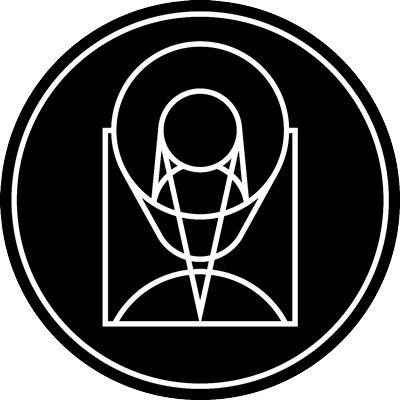Overlapping Galaxies 2MASX J00482185-2507365

stsci_2008-33a September 16th, 2008
Credit: NASA, ESA, and The Hubble Heritage Team (STScI/AURA); Acknowledgment: B. Holwerda (Space Telescope Science Institute) and J. Dalcanton (University of Washington)
NASA's Hubble Space Telescope has captured a rare alignment between two spiral galaxies. The outer rim of a small, foreground galaxy is silhouetted in front of a larger background galaxy. Skeletal tentacles of dust can be seen extending beyond the small galaxy's disk of starlight. Such outer dark dusty structures, which appear to be devoid of stars, like barren branches, are rarely so visible in a galaxy because there is usually nothing behind them to illuminate them. Astronomers have never seen dust this far beyond the visible edge of a galaxy. They do not know if these dusty structures are common features in galaxies. Astronomers calculated that the background galaxy is 780 million light-years away. They have not as yet calculated the distance between the two galaxies, although they think the two are relatively close, but not close enough to interact. The background galaxy is about the size of the Milky Way Galaxy and is about 10 times larger than the foreground galaxy.
Provider: Space Telescope Science Institute
Image Source: https://hubblesite.org/contents/news-releases/2008/news-2008-33
Curator: STScI, Baltimore, MD, USA
Image Use Policy: http://hubblesite.org/copyright/

- ID
- 2008-33a
- Subject Category
- D.5.1.1
- Subject Name
- 2MASX J00482185-2507365
- Credits
- NASA, ESA, and The Hubble Heritage Team (STScI/AURA); Acknowledgment: B. Holwerda (Space Telescope Science Institute) and J. Dalcanton (University of Washington)
- Release Date
- 2008-09-16T00:00:00
- Lightyears
- 780,000,000
- Redshift
- 780,000,000
- Reference Url
- https://hubblesite.org/contents/news-releases/2008/news-2008-33
- Type
- Observation
- Image Quality
- Good
- Distance Notes
- 780 million light-years (240 megaparsecs)
- Facility
- Hubble, Hubble, Hubble
- Instrument
- ACS, ACS, ACS
- Color Assignment
- Blue, Green, Red
- Band
- Optical, Optical, Optical
- Bandpass
- g, V, I
- Central Wavelength
- 475, 606, 814
- Start Time
- 2008-07-17T00:00:00, 2006-03-07T00:00:00, 2008-07-17T00:00:00
- Integration Time
- Dataset ID
- Notes
- 1
- Coordinate Frame
- ICRS
- Equinox
- J2000
- Reference Value
- 12.0903981, -25.1274098
- Reference Dimension
- 975.0, 958.0
- Reference Pixel
- 488.5, 480.0
- Scale
- -1.35897e-05, 1.3589674e-05
- Rotation
- -0.49
- Coordinate System Projection:
- TAN
- Quality
- Full
- FITS Header
- Notes
- WCS retrieved using CXCs PinpointWCS
- Creator (Curator)
- STScI
- URL
- http://hubblesite.org
- Name
- Space Telescope Science Institute Office of Public Outreach
- outreach@stsci.edu
- Telephone
- 410-338-4444
- Address
- 3700 San Martin Drive
- City
- Baltimore
- State/Province
- MD
- Postal Code
- 21218
- Country
- USA
- Rights
- http://hubblesite.org/copyright/
- Publisher
- STScI
- Publisher ID
- stsci
- Resource ID
- STSCI-H-p0833a-f-975x958.tif
- Resource URL
- https://mast.stsci.edu/api/latest/Download/file?uri=mast:OPO/product/STSCI-H-p0833a-f-975x958.tif
- Related Resources
- http://hubblesite.org/newscenter/archive/releases/2008/33
- Metadata Date
- 2022-07-06T00:00:00
- Metadata Version
- 1.2
Detailed color mapping information coming soon...















